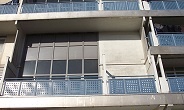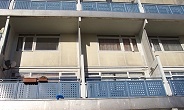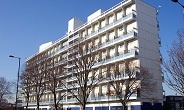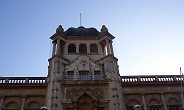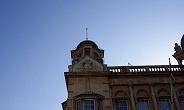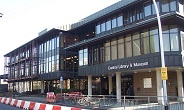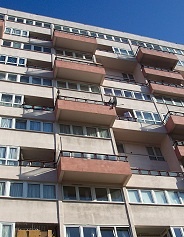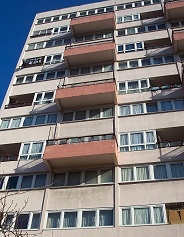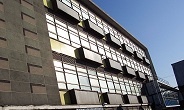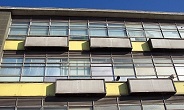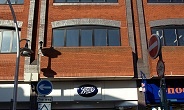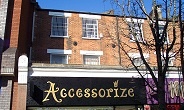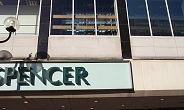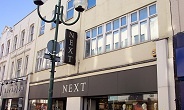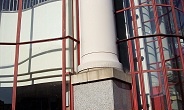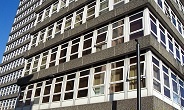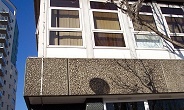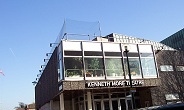ABC PEST CONTROL
CALL US NOW ON
0800 5118129 OR 07970 454573
Same Day Service
Free Quote and Survey
Unmarked Vehicles
Pigeons London and Sea Gulls


Description: Feral Pigeon: (Left Photo) The feral pigeon is found throughout the United Kingdom and in most other parts of the world. The pigeon is often found in cities such as London. The pigeon is often associated with urban environments and as such is sometimes known as the ’town pigeon’. It is also found in rural situations such as on farms. Pigeons are typically 300 to 350 mm in size, and have blue-grey, red and black plumage. Nests are usually constructed of grass and twigs but sometimes contain rubbish such as pieces of plastic. Feral pigeons tend to scavenge food in cities such as London, often around food premises. Flocks of several hundred birds can be common where spillage is abundant. In urban environments, they are often encouraged by members of the public feeding them.
Description: Sea Gull: (Right Photo) The gull is found throughout most of the United Kingdom. The common gull is between 38 to 44cm long, and has a wing span of 106 to 125cm. Their calls are high pitched, some are laughing calls and others are mewing calls: "keow". As well as scavenging on carrion, gulls feed on worms, insects, molluscs and fish. In the winter, they can often be found scavenging at landfill sites with other species of gulls.
Biology: Feral Pigeon: Historically, the feral pigeon descended from rock doves which explains why they often nest on buildings in London and other structures in built up areas, under eaves, on ledges and on girders. The peak breeding season is between March and July but feral pigeons are capable of breeding all year round. The brood is usually two off-white eggs laid on consecutive days. Incubation lasts for about 18 days and the hatched chicks are fledged after about 30 days. Another clutch of eggs can be laid when the young are only 20 days old, thus producing up to nine broods per pair per year.
Biology: Sea Gull: The gulls build the nest usually on the ground and in a colony. The breeding season starts in mid May. The brood is usually of three greenish eggs with brown blotches, the eggs are smooth and non-glossy. Incubation lasts between 22 to 27 days and the hatched chicks are fledged after 28 to 35 days.
Control: A thorough survey by professional personnel is highly recommended. Birds and their droppings make buildings look unattractive and poorly maintained. (As shown below) The droppings can create a slip hazard, and its acidic characteristic eat away at stonework. Bird prevention is possible by many approved solutions, Netting, Gelling, Spring Wires, Spike System and Cleaning & Proofing.
Fatal Infection from Feral Birds, Click Here for Details.

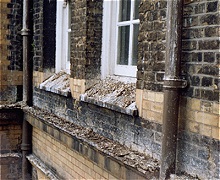
Bird Faeces and Debris.
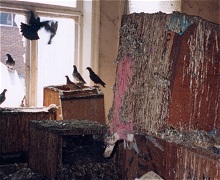
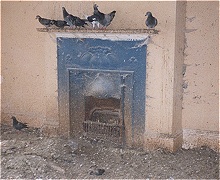
Bird Guano/Faeces, Debris and Nesting Materials.
Photos of our Unobtrusive Bird Control Systems.
(Bird Netting, Bird Spike System, Bird Sping Wires)
Click each thumbnail for a larger photo.
We cover all forms of Pest Control, Ants, Rats, Mice, Cockroaches, Fleas, Bed Bugs, Wasps, Bees, Flies, Squirrels, Foxes, Birds, Moths and Carpet Beetles.
~ Pigeon Proofing London ~ Bird control ~ East London Pigeon control ~ North London Pigeon Netting ~ Central London Pigeon control
Essex Pigeon control ~ Gull Proofing London ~

